The Baroque era, spanning roughly from 1600 to 1750, remains one of the most fascinating periods in the history of Western classical music. Characterized by its ornate complexity, emotional depth, and intricate interplay between sacred and secular influences, Baroque music represents a unique fusion of artistic brilliance and spiritual devotion. Composers of this era crafted works that were not merely entertainment but profound expressions of human experience, often intertwined with religious fervor. The result was a musical language that dazzled the senses while elevating the soul.
At the heart of Baroque music lies a striking paradox: it is both extravagantly decorative and deeply reverent. The ornate melodies, elaborate harmonies, and intricate counterpoint create a sense of grandeur that seems almost theatrical. Yet, beneath this surface-level opulence, there is an unmistakable spiritual gravity. This duality is perhaps best exemplified in the works of Johann Sebastian Bach, whose compositions—whether written for the church or the court—breathe with a sense of divine inspiration. His Mass in B Minor and St. Matthew Passion stand as monumental testaments to the seamless marriage of technical mastery and sacred devotion.
The influence of the Church on Baroque music cannot be overstated. During this period, religious institutions were among the most significant patrons of the arts, and composers frequently wrote music for liturgical use. The Catholic Church, in particular, embraced the dramatic potential of Baroque music to convey the majesty of divine worship. Works like Claudio Monteverdi’s Vespers of 1610 and Heinrich Schütz’s Sacred Symphonies demonstrate how sacred texts were set to music with unprecedented emotional intensity. Even in Protestant regions, where musical styles were often more restrained, composers like George Frideric Handel infused their sacred works with a sense of grandeur, as heard in his iconic Messiah.
Yet, Baroque music was not confined to the church. The rise of opera in the early 17th century brought the same ornate musical language into secular spaces, blending drama, poetry, and music in a way that captivated aristocratic audiences. Composers such as Jean-Baptiste Lully and Antonio Vivaldi wrote operas and instrumental works that showcased the era’s love for virtuosity and expressive flair. The concerto, a form that thrived during the Baroque period, became a vehicle for dazzling displays of instrumental skill, with Vivaldi’s The Four Seasons remaining one of the most celebrated examples of the genre.
What truly sets Baroque music apart is its ability to balance complexity with emotional immediacy. The use of basso continuo—a continuous bass line that provided harmonic structure—allowed for both improvisation and meticulous composition. This foundation supported elaborate polyphonic textures, where multiple independent melodies intertwined to create a rich, layered sound. The result was music that could be intellectually stimulating and deeply moving at the same time. Whether in the contemplative strains of a Bach fugue or the exuberant rhythms of a Handel concerto grosso, Baroque music invites listeners into a world where beauty and spirituality are inextricably linked.
Today, the legacy of Baroque music endures, not only in concert halls and churches but also in the broader cultural imagination. Its influence can be heard in everything from modern film scores to contemporary classical compositions. The period’s emphasis on emotional expression and structural innovation laid the groundwork for the musical developments that followed, making it a cornerstone of Western art music. For those who take the time to listen deeply, Baroque music offers a timeless reminder of humanity’s capacity to create works of profound beauty and transcendent meaning.
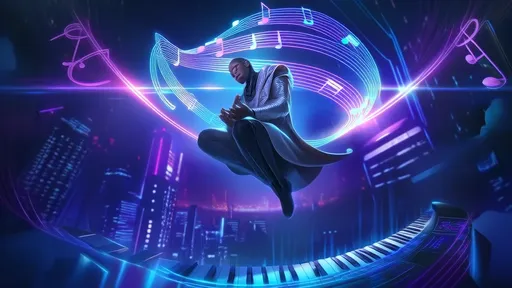
By /Aug 7, 2025

By /Aug 7, 2025
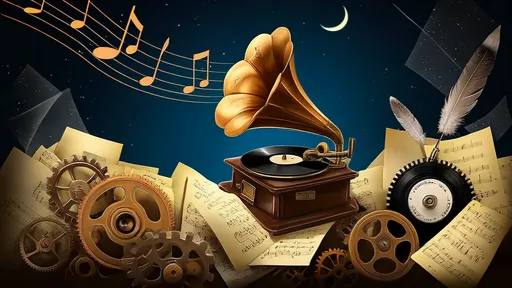
By /Aug 7, 2025
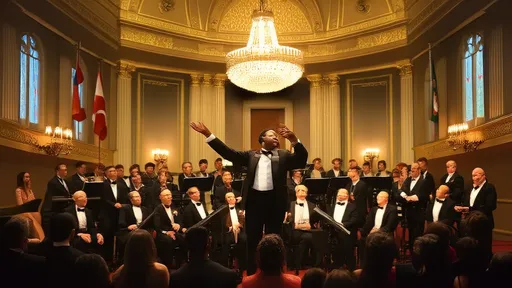
By /Aug 7, 2025
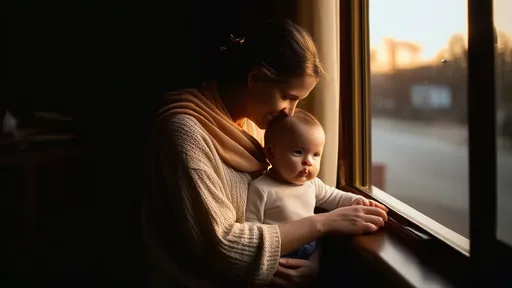
By /Aug 7, 2025
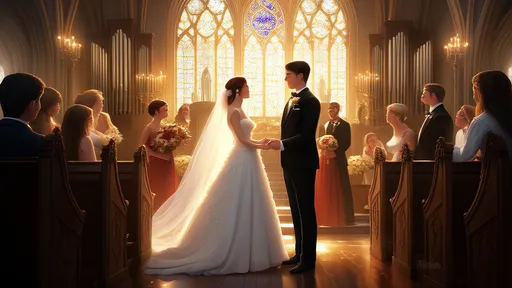
By /Aug 7, 2025
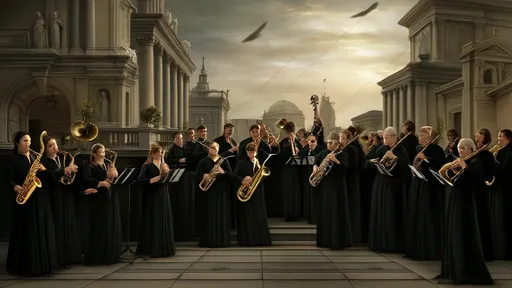
By /Aug 7, 2025
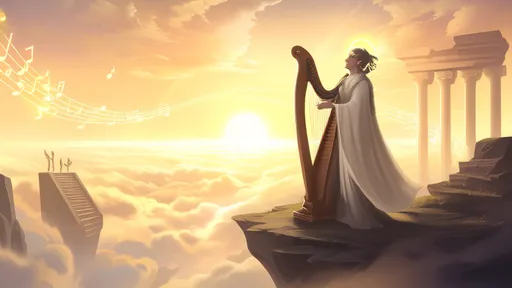
By /Aug 7, 2025
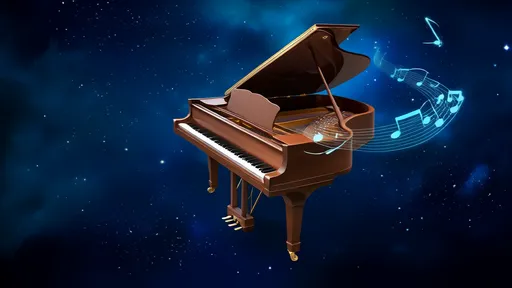
By /Aug 7, 2025
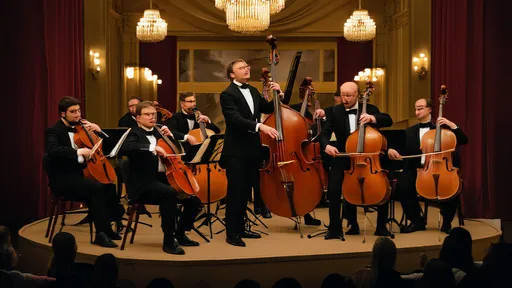
By /Aug 7, 2025

By /Aug 7, 2025
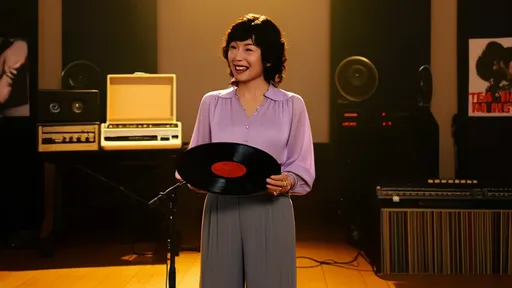
By /Aug 7, 2025

By /Aug 7, 2025
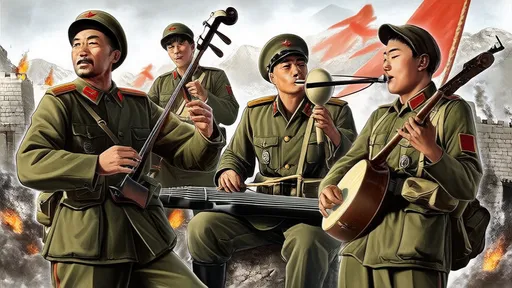
By /Aug 7, 2025
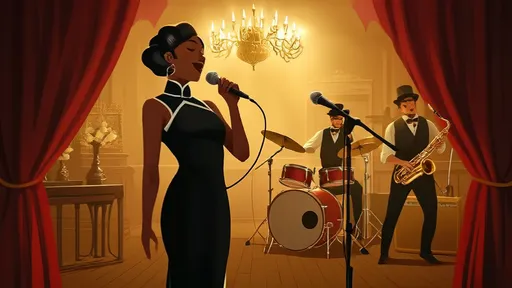
By /Aug 7, 2025
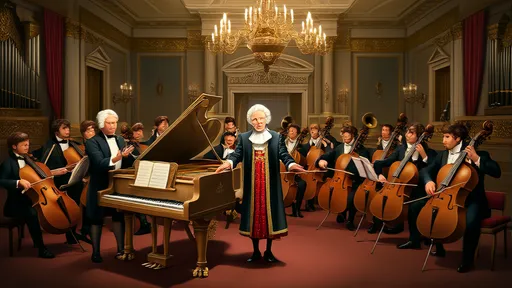
By /Aug 7, 2025
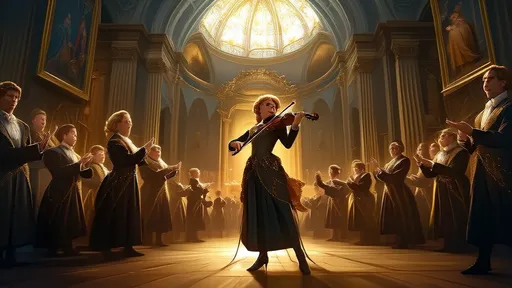
By /Aug 7, 2025

By /Aug 7, 2025
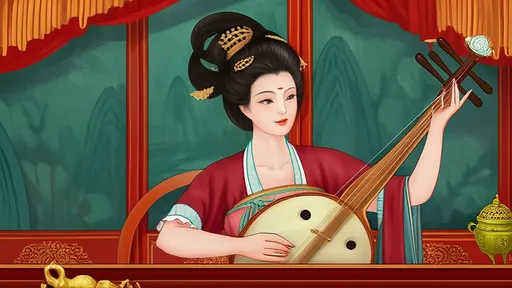
By /Aug 7, 2025
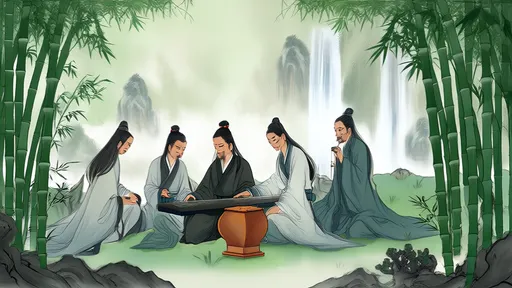
By /Aug 7, 2025